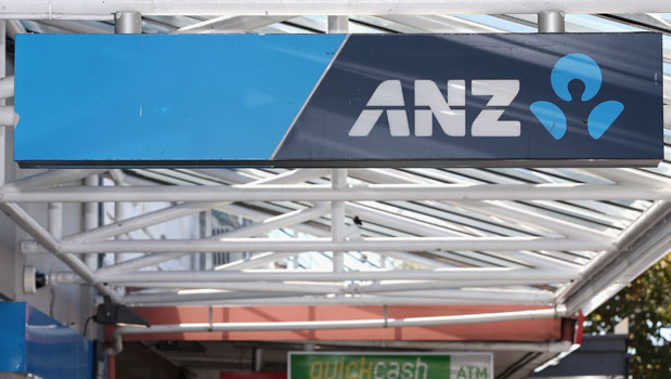
The country’s largest bank, ANZ, is lifting its mortgage and deposit rates again by as much as 30 basis points.
On Wednesday, ANZ’s six-month mortgage rates will rise by 26 points, its four and five-year rates will rise by 25 points, and its three-year rates by 20 points.
Meanwhile the bank is hiking its one-year, 18-month, and two-year rates by between 10 and 14 points.
The changes will see borrowers who fix their mortgage for a year charged the highest rates of interest.
Regular borrowers will be charged 7.99 per cent, while “special” borrowers, who have at least 20 per cent equity and get their salaries paid into an ANZ account, will be charged 7.39 per cent.
ANZ’s six-month rates are its next highest, at 7.95 per cent and 7.35 per cent, depending on the status of the borrower.
A spokesperson for the bank said the changes reflect recent increases in wholesale swap rates.
While swap rates rose through September, they’ve since dropped back.
Nonetheless, an ANZ spokesperson went on to explain, “Interest rates will continue to be reviewed in response to international and local market conditions. When reviewing interest rates we consider a range of factors, including the impact on customers, the underlying cost of funds (including wholesale rate movements) and competitor activity.”
ANZ’s interest rate changes put it broadly in line with ASB’s recent hikes.
While the Reserve Bank has kept the Official Cash Rate (OCR) at 5.50 per cent since May, and has suggested it’s unlikely it will lift the rate again in this tightening cycle, retail banks have still been lifting their mortgage and term deposit rates.
As per ANZ’s comment, they’re pointing to global financial markets expecting inflation remaining sticky and therefore interest rates remaining high.
Turning to term deposits and PIE funds, ANZ is lifting a range of its 180-day to two-year rates, by between 15 and 30 points, to 6.00 per cent.
Its most attractive offering is 6.10 per cent for one-year deposits.
The bank is also hiking its three to five-year rates by 25 points to 5.50 and 5.45 per cent.
While inflation is abating in New Zealand (the annual rate fell to 5.6 per cent in the September quarter), some economists worry that getting it all the way back down to the Reserve Bank’s 1 to 3 per cent target range might be a challenge.
Indeed, the Reserve Bank’s efforts to reduce demand in the economy by hiking the OCR won’t affect the conflicts overseas, which are sending oil prices north. Nor will they lessen the impacts of climate change, which are contributing towards insurers hiking premiums by record portions and local council rates going through the roof.
Economists have mixed views around whether the Reserve Bank will keep the OCR at 5.5 per cent or hike it by another 25 points later this year or early next year.
Fixing for a year has been the most popular option for both owner-occupiers and investors taking out new mortgages this year (according to data collected by the Reserve Bank), presumably because they’ve been betting on mortgage rates falling next year.
While a typically less common option, there has also been an uptick in borrowers fixing for three years. This has given them certainty and enabled them to lock in lower rates than those offered for mortgages with shorter durations.
As at the end of August, the average interest rate being paid by someone on a fixed mortgage rate was 5.16 per cent.
Meanwhile the average interest rate earned by someone with a term deposit was 5.25 per cent.
The fact these rates are below those which someone would pay/receive if they took out a mortgage/term deposit today reflects the fact it takes time for interest rate changes to flow through the economy.
Jenée Tibshraeny is the Herald’s Wellington Business Editor, based in the Parliamentary press gallery. She specialises in government and Reserve Bank policymaking, economics and banking.
Take your Radio, Podcasts and Music with you









